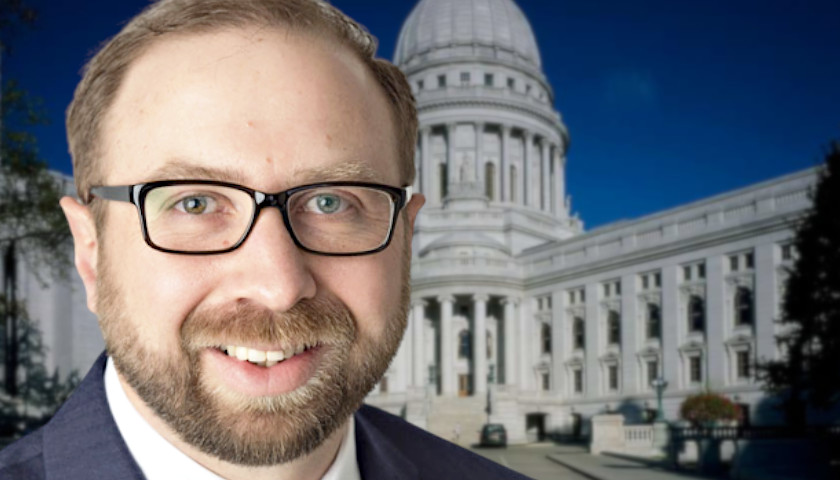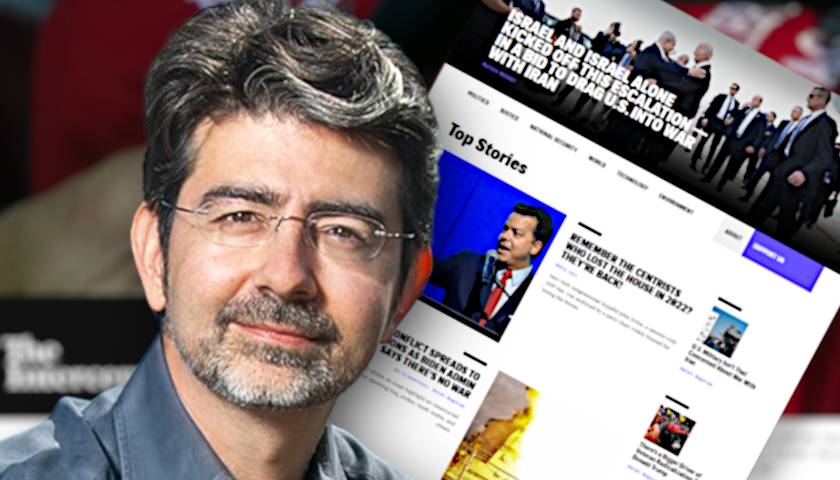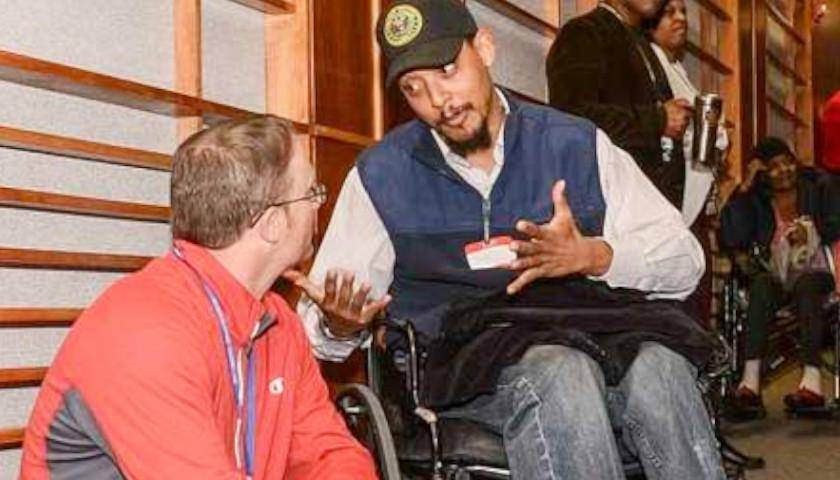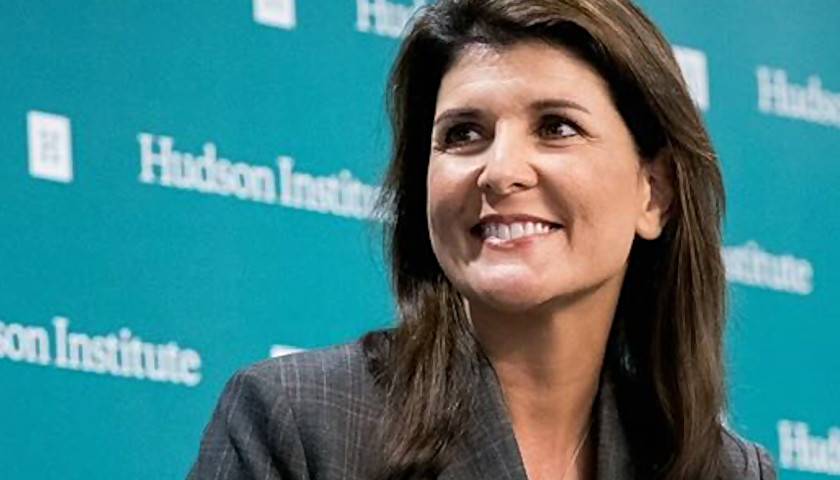by Benjamin Yount
The threat Wisconsin may see less money over the next two years is not deterring one budget reform group from pushing for “historic” tax reform.
The Institute for Reforming Government this week released its Playbook for Income Tax Relief in Divided Government.
“There is a generational opportunity for policymakers to be big and bold right now, absolutely. But since that seems like a non-starter with the governor, we are providing data to help drive the largest reform possible in the current divided government,” IRG Vice President Chris Reader told The Center Square.
The Playbook suggests three plays:
Play 1. Reduce all brackets by 1.5 points. $716 annual tax cut for a median family, $2.75 billion overall tax relief.
Play 2. Eliminate one bracket, reduce remaining to 2%, 4.5%, and 6.15%. $669 annual tax cut for a median family, $2.66 billion overall tax relief.
Play 3. Eliminate two brackets, set remaining brackets at 2% and 4.5%. $635 annual tax cut for a median family, $2.91 billion overall tax relief.
“If policymakers want to grow the economy and help all families and employers, it requires lowering taxes at the top brackets. The data here shows that. Gov. Evers’ plan, which doesn’t lower the top rate at all, doesn’t move the needle on growth,” Reader (pictured above) added.
Gov. Evers back in February proposed a tax cut plan that would lower taxes by 10% for people making less than $100,000, and married couples or joint-filers making at or below $150,000.
Reader said the governor is missing the point.
“If he wants to actually help with stronger wage growth for low and middle income earners, it requires at least small reductions at the top income brackets to help drive that investment,” Reader said.
IRG’s Playbook comes days after the Legislative Fiscal Bureau projected that Wisocnsin will see less tax revenue going forward. LFB expects that drop to be about $755 million over the next two years, That’s about 1% less than originally expected.
“What LFB said is that the increase in revenue is slightly less than what they thought it would be back in January. That doesn’t mean the sky is falling. LFB’s projections still show a surplus of almost $7 billion, with state revenues still projected to go up from $20.5 billion in 2022 to $22.1 billion by 2025,” Reader explained.
Wisconsin currently has the second-highest top tax rate among its neighbors. The state’s 7.65% top individual rate is higher than the flat taxes in Michigan and Illinois, but far below the top rate of 9.85% in Minnesota.
Iowa, Reader said, is on its way to the lowest income tax rate in the Midwest. Iowa’s governor signed a law in 2022 that lowers the state’s income tax to 3.9% by 2026, with an eye toward eliminating it all together.
“It will still leave us with work to do on competitiveness, but these proposals build the narrative that Wisconsin is back in the game on tax reform. That sends the message to investors and workers looking to move that Wisconsin,” Reader said. “Iowa did that by initially lowering and flattening their tax, and now they’re looking to eliminate. To be best in the Midwest, and eventually compete nationally, we have to show progress.”
– – –
Benjamin Yount is a contributor to The Center Square.
Photo “Chris Reader” by Institute for Reforming Government.




